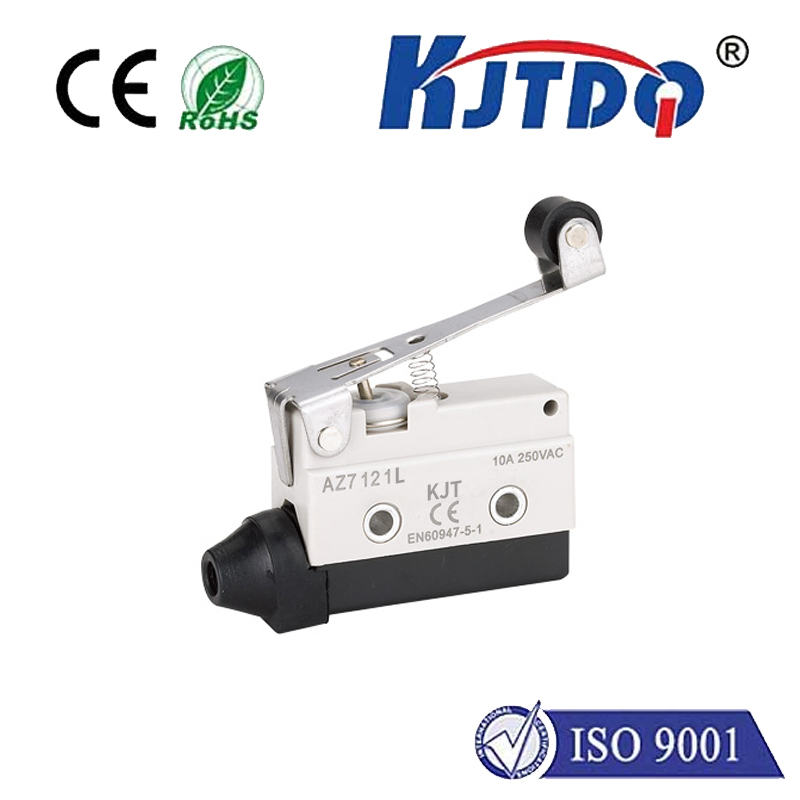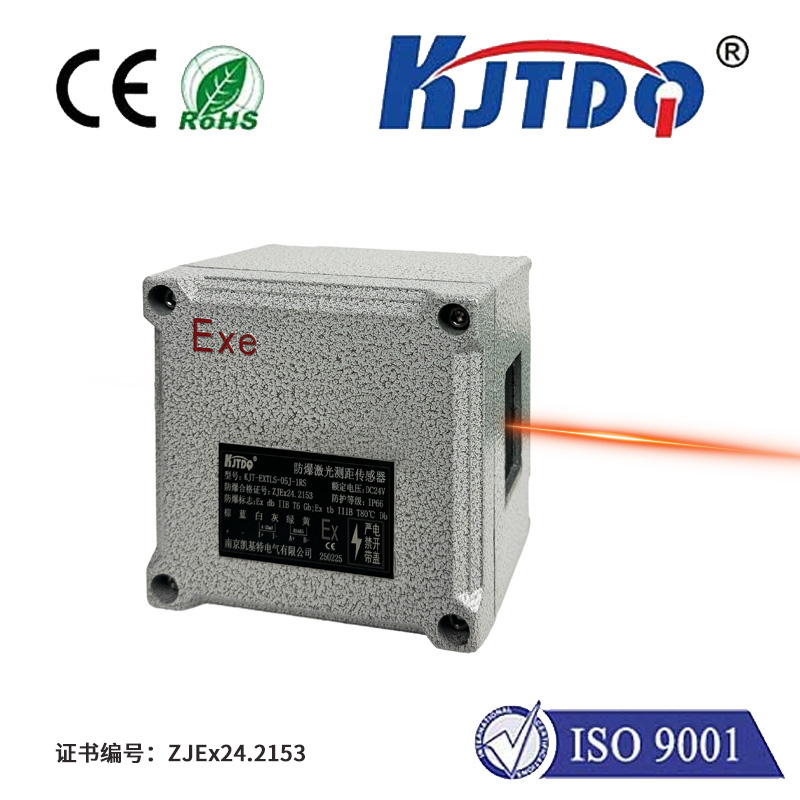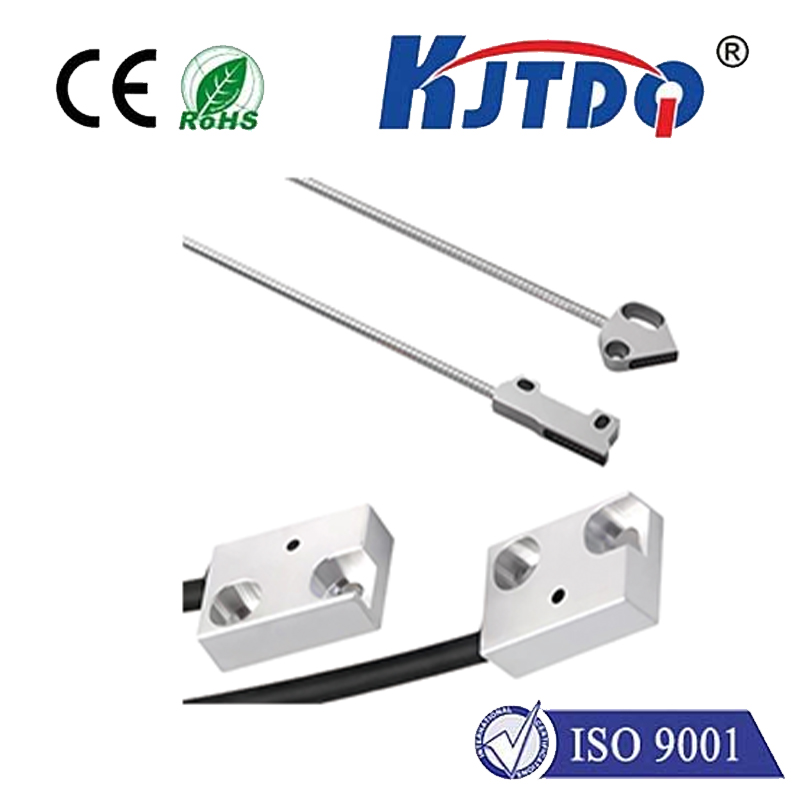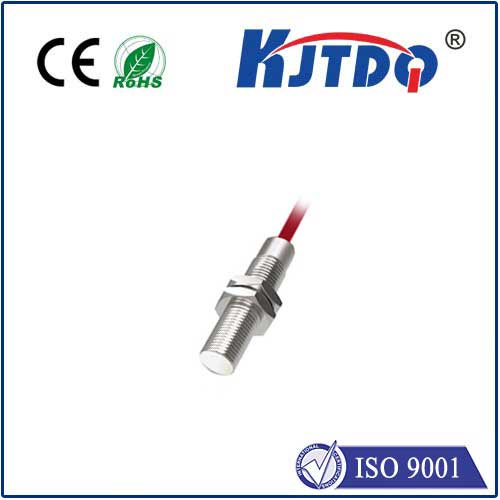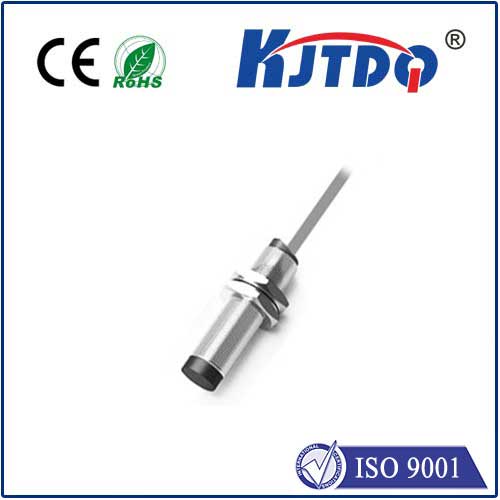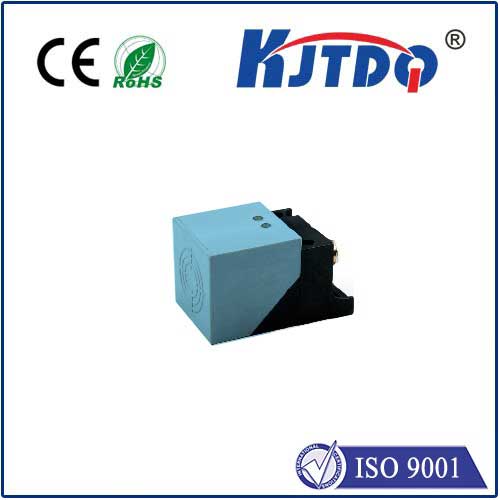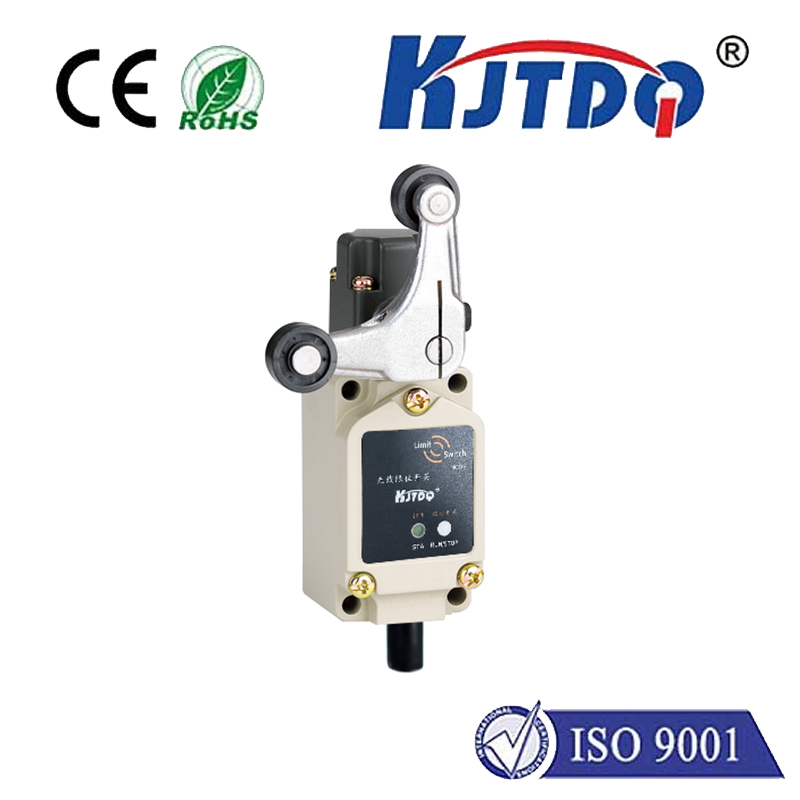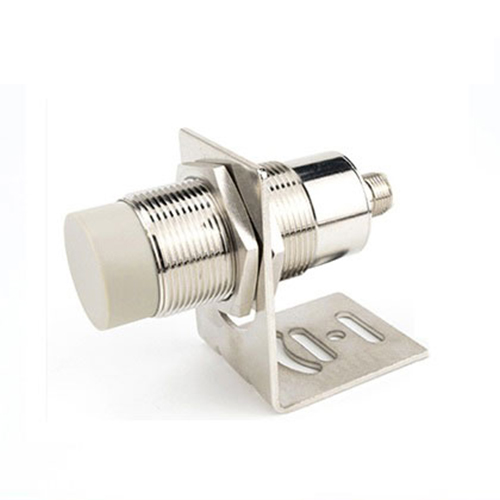

check

check

check

check

check

check

check

check

check

check
Title: Unlocking the Power of Enabling Technologies: The Marvels of Encoder Lasers
In the ever-evolving landscape of technological advancements, few innovations have captured the public imagination quite like encoder lasers. These groundbreaking devices have revolutionized industries ranging from healthcare to aerospace, offering unparalleled accuracy, speed, and efficiency in various applications. In this article, we delve into the fascinating world of encoder lasers, exploring their history, principles, and potential future developments.
The Origins of Encoder Lasers
Encoder lasers can be traced back to the early days of laser technology, when scientists began experimenting with ways to harness the power of light for practical purposes. One of the earliest examples can be found in the 1960s, when researchers at Stanford University developed a laser that could accurately measure the position and velocity of a small object. This groundbreaking achievement paved the way for the development of more advanced encoder lasers, which are now used in a wide range of cutting-edge applications.
Principles of Encoder Lasers
Encoder lasers work by emitting a specific wavelength of light through a fiber optic cable or other medium. This light is then reflected off a target surface, such as a mirror or a sensor, and is captured by an array of detectors located along the optical path. By measuring the time it takes for the light to travel between the source and the target, as well as any changes in its intensity, encoder lasers can determine the precise position and velocity of the object being measured.

Applications of Encoder Lasers
Encoder lasers have proven to be incredibly versatile tools, with numerous applications in fields such as:
1. Manufacturing: Encoder lasers are used to monitor the movements of robots and other machines during production processes, ensuring precision and accuracy.
2. Healthcare: Encoder lasers are employed in medical imaging techniques such as fluorescence scanning microscopy (FSM) and confocal microscopy, allowing researchers to visualize and analyze biological molecules and tissues with remarkable detail.
3. Aerospace: Encoder lasers play a crucial role in guiding missiles, satellites, and other spacecraft during launch and reentry procedures, ensuring they stay on course and avoid damage.
4. Scientific Research: In addition to their use in medical imaging and space exploration, encoder lasers are also employed in scientific research settings such as atomic physics experiments and quantum computing simulations.
Future Developments of Encoder Lasers
Asencoder laser technology continues to advance, it is likely that we will see even more exciting developments in the years ahead. Some potential areas of focus include:
1. Improved resolution: Researchers are continually seeking ways to increase the sensitivity and precision of encoder laser systems, allowing them to detect even smaller changes in light intensity or position.
2. Enhanced speed: Current encoder laser systems operate at high speeds, but there is still room for improvement in terms of reducing response times and increasing data transfer rates.
3. Integration with AI: As artificial intelligence becomes increasingly prevalent in industry and research settings, encoder laser systems may be integrated with machine learning algorithms to optimize performance and achieve even greater levels of accuracy.
Conclusion: The Marvelous World of Encoder Lasers
Encoder lasers truly represent one of humanity's most remarkable achievements in technological innovation. From their humble origins as experimental instruments to their current status as indispensable tools across a wide spectrum of industries, these remarkable devices are sure to continue inspiring awe and wonder for generations to come. As our understanding of encoder laser technology deepens and new breakthroughs are made, we can look forward to an even brighter future filled with endless possibilities for discovery and progress.
